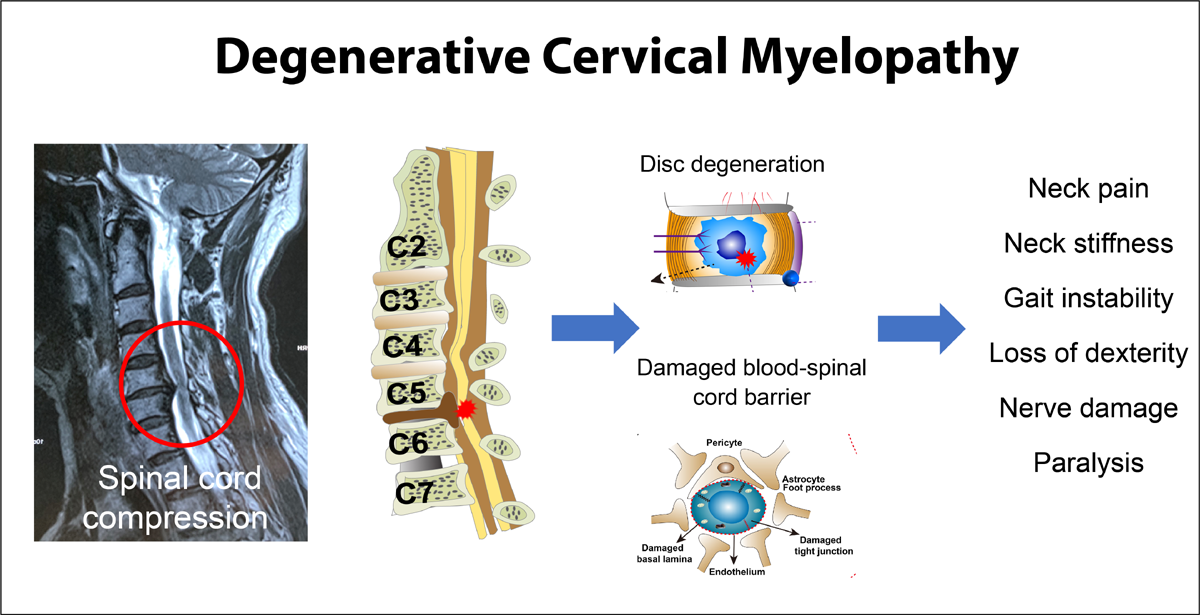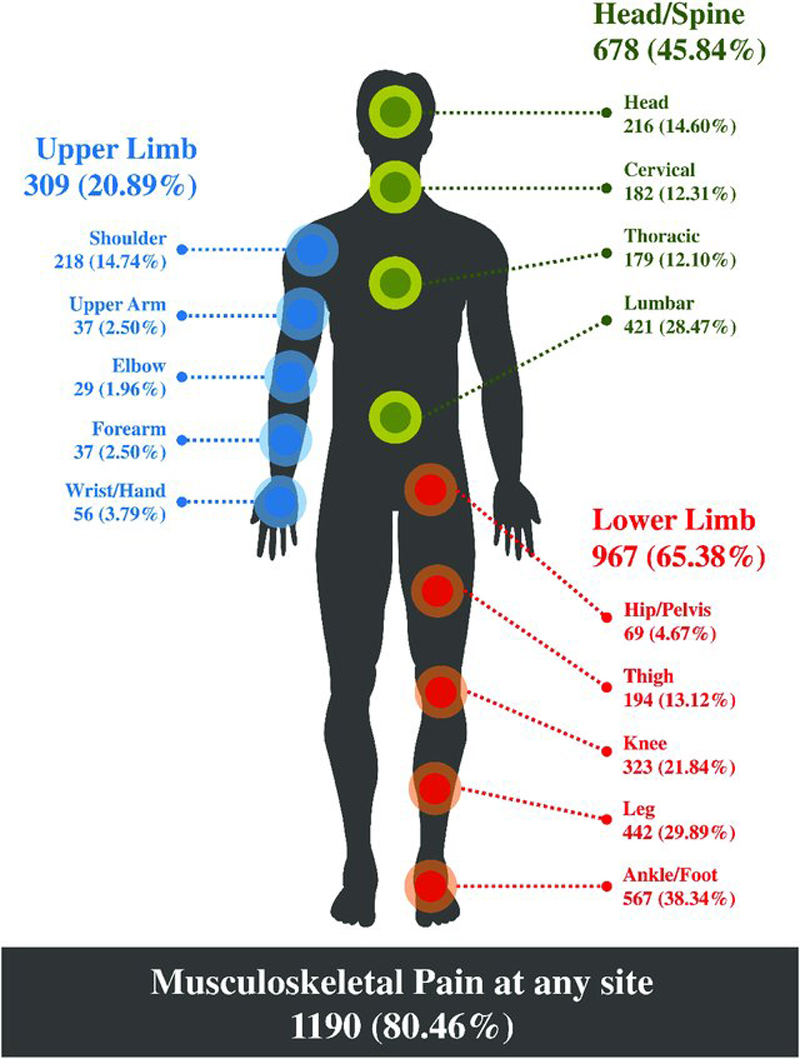Variations in Patterns of Utilization and Charges for the Care of Neck Pain in North Carolina, 2000 to 2009: A Statewide Claims’ Data Analysis
SOURCE: J Manipulative Physiol Ther. 2016 (May); 39 (4): 240–251
Eric L. Hurwitz, DC, PhD, Dongmei Li, PhD, Jenni Guillen, MS,
Michael J. Schneider, DC, PhD, Joel M. Stevans, DC,
Reed B. Phillips, DC, PhD, Shawn P. Phelan, DC,
Eugene A. Lewis, DC, MPH, Richard C. Armstrong, MS, DC,
Maria Vassilaki, MD, MPH, PhD
Office of Public Health Studies,
University of Hawaii at Manoa,
Honolulu, HI.
OBJECTIVES: The purpose of the study was to compare utilization and charges generated by medical doctors (MD), doctors of chiropractic (DC) and physical therapists (PT) by provider patterns of care for the treatment of neck pain in North Carolina.
METHODS: This was an analysis of neck-pain-related closed claim data from the North Carolina State Health Plan for Teachers and State Employees (NCSHP) from 2000 to 2009. Data were extracted from Blue Cross Blue Shield of North Carolina for the NCSHP using ICD-9 diagnostic codes for uncomplicated neck pain (UNP) and complicated neck pain (CNP).
RESULTS: Care patterns with single-provider types and no referrals incurred the least average charges for both uncomplicated neck pain (UNP) and complicated neck pain (CNP). When care did not include referral providers or services, for either UNP or CNP, MD care with PT was generally less expensive than MD care with DC care. However, when care involved referral providers or services, MD and PT care was on average more expensive than MD and DC care for either UNP or CNP. Risk-adjusted charges for patients in the middle quintile of risk (available 2006-2009) were lower for chiropractic patients with or without medical care or referral care to other providers.
There are more articles like this @ our:
CONCLUSIONS: Chiropractic care alone or DC with MD care incurred appreciably fewer charges for UNP or CNP compared to MD care with or without PT care, when care included referral providers or services. This finding was reversed when care did not include referral providers or services. Risk-adjusted charges for UNP and CNP patients were lower for DC care patterns.
KEYWORDS: Chiropractic; Health Services; Healthcare Costs; Medical Care; Neck Pain; Utilization
Introduction
Neck pain appears to be increasing in the general population and in specific occupations. [1] Neck pain is a common condition, with nearly half of the individuals experiencing at least 1 clinically significant neck pain episode in their lifetime [2, 3], resulting in substantial disability and financial burden [4] for individuals, families, society, and the healthcare system. [1] US national survey data in 20025 had shown that 13.8% of adults reported neck pain (lasting at least a whole day or more) in the previous 3 months. Neck pain was among the 5 highest contributors for Years Lived in Disability (YLD) both in 1990 and 2010 in the United States. [5]
In 2006, Fejer et al [3] conducted a systematic review of the literature from several countries. The authors collected data from multiple studies and reported lifetime prevalence in adults (aged 18-84) ranging from 14 to 71%, with a mean prevalence of 49% and relatively higher prevalence in the elderly and women. Among 291 other health conditions, neck pain ranked 4th in terms of disability (YLD) and 21st in overall burden of disease in Disability Adjusted Life Years [DALYs] according to the 2010 Global Burden of Disease report. [7]
SOURCE: Read the rest of this Full Text article now!






Leave A Comment